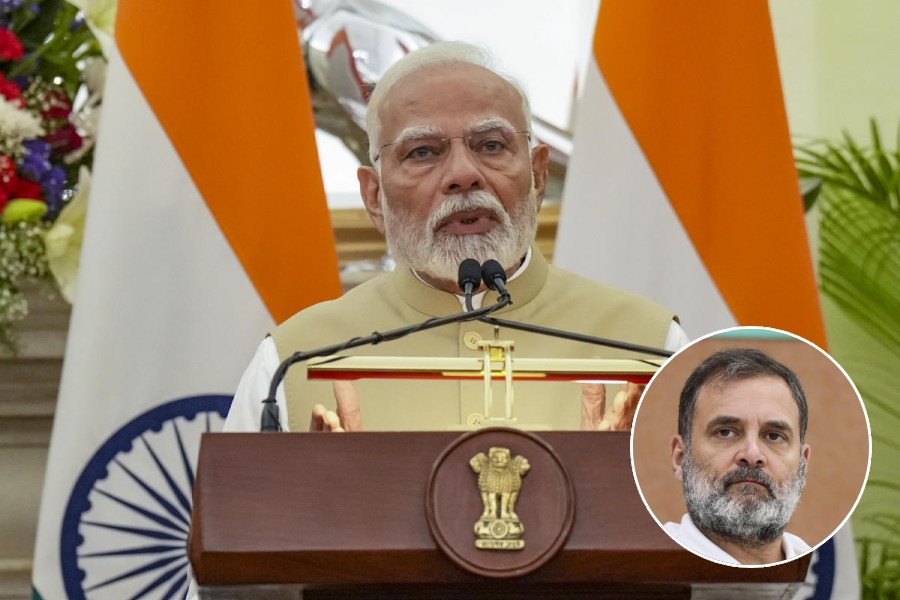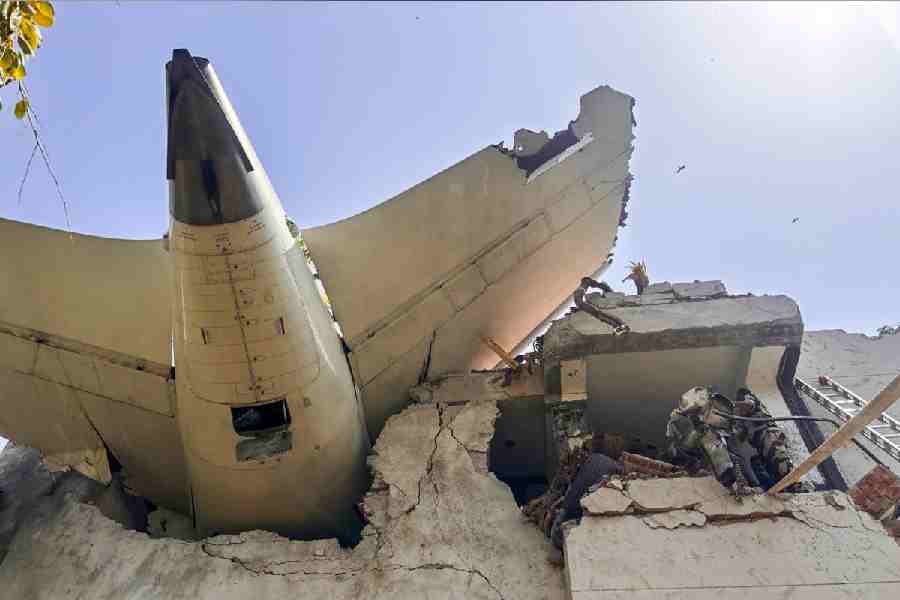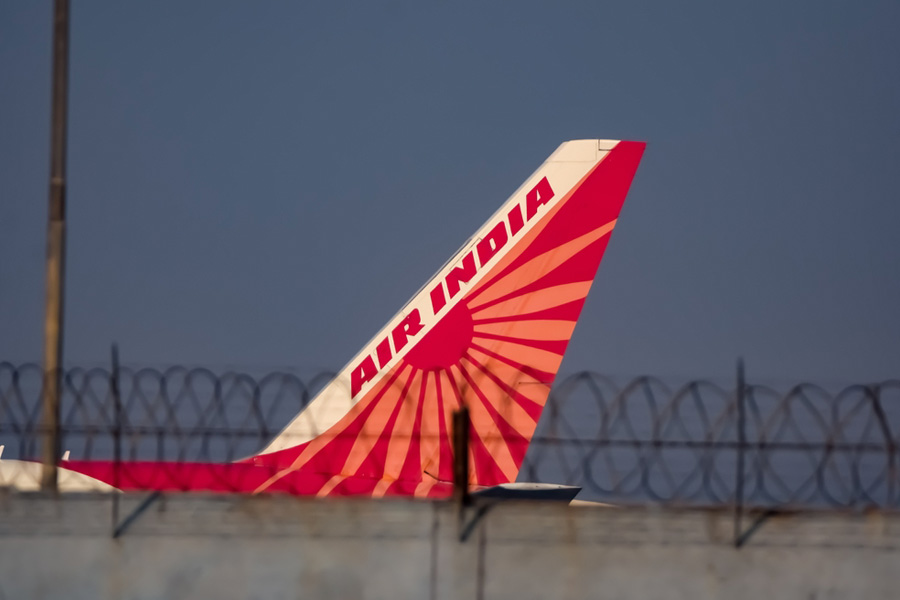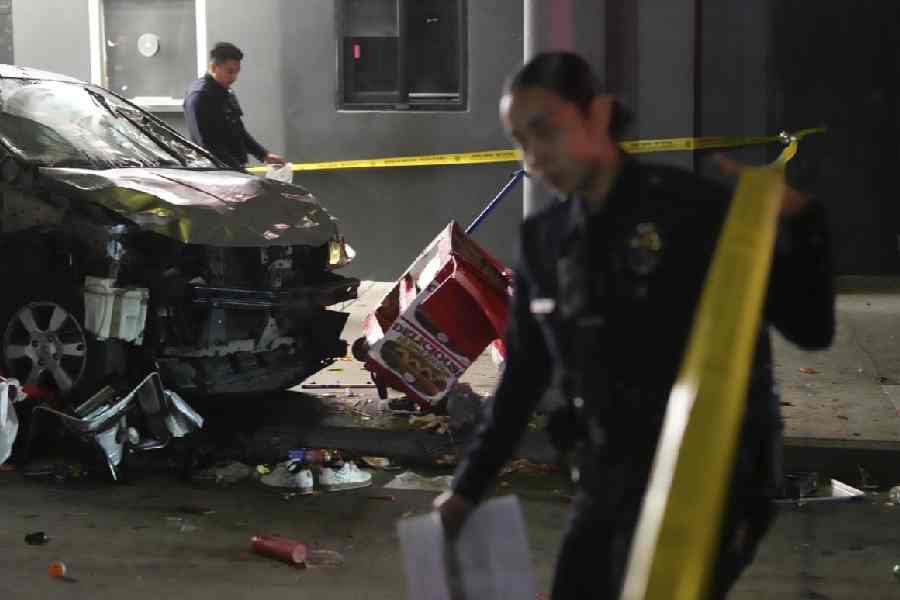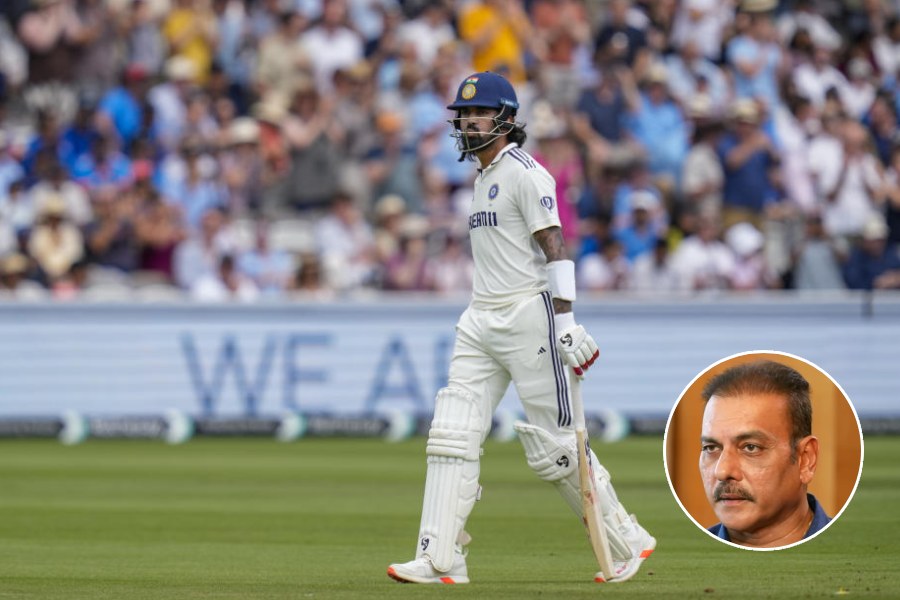
Crossings
THESE ARE fractured vignettes from another day, another season when they'd begun to say all's well with Kashmir, figments from an illusion in a cursed tale. The blood-tide over Tufail Ahmed's murder has ebbed; Burhan Wani is still a teen, apprenticing a future cataclysm. Uri awaits its carnage and retaliatory cross-border pugnacity isn't yet the stuff of our imaginings.
The offending mid-townbunkers have been razed, the summer's blossoms have erupted. The troops are in the barracks, tourists have become an insurrection on the street. Milling belly loads of them disgorging at the Humhama airport and the bus station midtown, as if someone had spread the rumour Kashmir was about to be expurgated from the map.
The Valley's famed nooks of idyll are exploding with the click-and-pop of cameras, leisure has become a diesel-fumed scurry, bumper to bumper, from one destination to the other - Sonmarg today, Gulmarg tomorrow, Pahalgam the day after, shoot and scoot, fill it up for the family album and be gone before "something happens", Kashmir safe in a pen-drive snuck in the hip-pocket. The gardens of Nishat and Shalimar are under footfall that would have shuddered the Mughals. The Dal boulevard is a mad toss of shikaras where honeymooners film their role-play of the vintage Shammi-Sharmila frolic in Kashmir ki Kali. Grab, then go.
They reckon two million - or more if "nothing happens" - lenses will be uncapped on these vistas by the end of the season, a record haul of images between the melting of snow and the onset of rain, parcelled out and downloaded countrywide. They'll all be paradisal, nobody wants a dirty picture in their albums. Sun-swept lakes, meadows gone teal in curtains of distant rain, a riot of tulips, caravans of cuddly sheep, conifered slopes gazing down adolescent streams, a melting glacier, an iridescent sunset, a solitary woodbridge, a padded copse, a rippled houseboat. Kashmir is captivating at the moment, never mind the capturing siege descended on it. Those cameras wouldn't be lying.
But if cameras snap, they shut out too. Each frame means two images, what's in and what's not, what's taken, what's left out.
Within stone-shot of the hectic holiday revelry being unpacked in Srinagar sits a city of ashen aspect. Its habitations lie denuded by time and violent tide, crumbled masonry and boarded timberwork, witness to recurrent paroxysms between disputed ambitions of State and subject. Rubble roads and manic dogs run through its warren habitations, more than a thousand of them prowling in killer packs that dispatch dozens to the rabies wards each day. A river weaves through it, so slowed by its burden of sewage it does not seem to run at all. Its banks are piled with garbage on which kites swoop to snatch what they can in their skirmish with dogs.
Slowly but inexorably, commerce has begun to relieve this dreariness - a glass-front corner café, a snooker dive, a brand boutique, not a bar yet but yes a sheesha joint. Some of the cash rolling off the tourism turnstiles has begun to wash up and put a shine on this dilapidated town.

But above the daily humdrum floats a pensive, unassuaged air so insistent it makes prayer sound like a dirge. By twilight, it has risen from the houses of God and become a shroud that defies cameras as well as it defies banishment. Nobody will forget their dead, nobody will cease waiting for the vanished. What's the count? But don't even get there, the numbers are too high and it's not the numbers, its people. Parents, children, siblings, spouses, buried, or worse, missing without trace. Crying resumes each evening beneath the portals of mosques and shrines and rises aloft that shroud to the skies. No place has cried so uninterrupted as Kashmir, it has cried so long that crying has become its song. They don't hear it in the houseboats, they don't hear it in hotel rooms; they arrive with their ears plugged, or there's television.
Imran is a spruce young camera journalist; his caller tune is Enrique Iglesias' I can be your hero, Baby and he likes turning out in fitted jackets and gelled backswept hair. He talks death most. "I must have covered 50 funerals in my first few weeks as a journalist, many of them were my friends and I was always thinking what is it I am doing? Filming my friends on their way to the grave? But that is what Kashmiris have come into, death and mourning, and a lot of anger."
Perhaps Imran picked a bad time to turn professional. The summer of 2010 was coffin-count season, more than a hundred dead, mostly young and impassioned, in waves of street confrontation. This illusory summer the count is all about cash tourist numbers are putting in the can; it doesn't know the killer summer of 2016 is on its way, astride Burhan Wani's casket. And thereafter, Uri's deathly phantoms. Or perhaps it does. "You think anything will erase memory? That death and loss will be forgotten? You think I will be less angry in 2012 for 2010? Or for 2016 in 2018?"
Not far from Imran's downtown home is a graveyard that will not admit any more dead . Dogs rummage violently in a waste pile, an armoured paramilitary truck arrives and parks itself for the night, a muezzin calls out despairingly in praise of the Lord, and there is someone weeping close by. Power has just lapsed on the streetlights. Shadowy figures dart about the dimness, chased by ferocious barking, and a putrescent smell has risen from the river. The tourists never come here, this is off limits, the Kashmir where "something may happen". Just as well. It's not a pretty picture. But it's there, darkened by the shroud above.
Sankarshan Thakur


